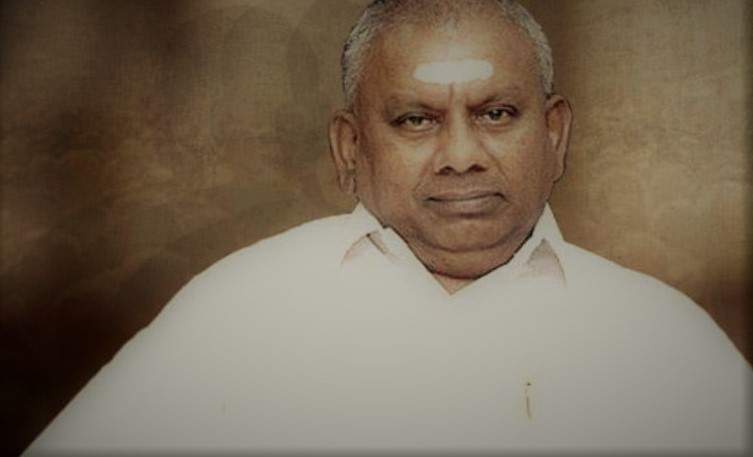Reminiscent of other novels by Orhan Pamuk and their lovely rendering of Istanbul, A Strangeness in my Mind, also pays homage to the city.
Seen mainly through the eyes of the character, Mevlut, who comes to Istanbul in 1969 at the age of 12, to live with his father, who sells yoghurt during the day and boza (a fermented drink) at night. He and his father are among the hundreds of villagers who migrated from remote villages to Istanbul in search of a better income and life.
Mevlut thoroughly enjoys it as a child there, looking wondrously into the city’s intricate streets and its inhabitants while accompanying his father on his rounds; picking up the nitty gritties of the job: the way to behave, the way to entice a customer to buy, the manner in which to extol your yoghurt or boza. Being in school presents a completely different set of challenges especially due to the class divide and him having to work after his school. Nonetheless, his time with his cousins and their mother, is something he looks forward to, particularly with Suleyman, who is always ready to give Mevlut the benefit of the doubt.
The novel weaves its way through the various main events that occur in Mevlut’s life such as him dropping out of school, or his marriage to Rayiha with its own twist, or his being robbed during one of his rounds selling boza among many others or his time selling ice cream or being a waiter.
A Strangeness in my Mind is a peculiar bildungsroman or a coming of age novel that traces Mevlut’s growth. Yet Pamuk plays with the narrative’s style deftly such that it is not a mere chronicler of life from birth to death.
Firstly, the narrative is not a straightforward first person narrative that Mevlut narrates rather different point of views of various colourful characters are interspersed together, giving the reader multiple perspectives.
Curiously, the novel does begin by typically noting Mevlut’s birth but then it jumps right into the middle by narrating the story of Mevlut’s tense elopement. It immediately puts the reader into the thick of things. And then once that is done, Pamuk slows it down and brings you to the present, describing Mevlut’s daily round of selling boza and how he is now a historic curiosity from the past. Then, the narrative whizzes back to his childhood and where his journey to Istanbul all started!
A Strangeness in my Mind is as much about Mevlut as it is about Istanbul. Through Mevlut, we view the city, how it was to his childlike eyes, and how he views it later, when it has mushroomed further into the hills, as more and more people swarm the city. Through his rounds while selling his yoghurt and boza and later only boza, we see the different sections of the city, its past and how people from different nationalities and sects live there or used to live there, now taken over by others. Particularly, the reader sees the magic and menace of Istanbul at night when the ‘strangeness’ in Mevlut’s mind is heightened, allowing him to indulge in his musings and letting his thoughts ramble unbridled. Perhaps this is the reason why he does not give up this fast fading and hence, quaint profession, refusing to (yet at times being attracted to) partake in the wealth and business that his cousins, Suleyman and Korkut, were able to accumulate; but that which always eluded him. Yet, Mevlut is content, happy to live among his own thoughts, with his beautiful Rahiya, his daughters and his beloved city.
The tone of the novel is tinged with unmistakable nostalgia for the days gone by, for the brisk business yoghurt and boza sellers could sustain in the city before the dairy and raki companies gained foothold, and for the city’s beauty itself.
Yet the story is not melancholic or wistful in its nostalgia. The narrative never condemns the city’s growth but merely states it as things that are inevitable since most cities have chosen a very capitalistic, vertical and the suspicious “development” route for their growth.
A Strangeness in my Mind thus captures the ephemerality of the idea of Istanbul and of human stability. The ending itself is a beautiful gift that Mevlut bestows onto the city that has nurtured him.
That being said, I couldn’t help but wonder if the story was told through a female perspective, how drastically different would it be? For one, the reader would not be able to see Istanbul’s public side and definitely not its streets at night since Istanbul’s norms would not allow girls to be in the boza selling profession or go out at “odd” hours. Though Mevlut’s eyes provide a subaltern glimpse into the city, which is vastly different to the more elite narrative of one of Pamuk’s other novels, The Museum of Innocence, the story still speaks from a privileged male perspective. We do see a different side of the city but that is very much based on gender and profession; unique as that may be, it makes for an interesting and creative topic of discussion among fellow readers.












